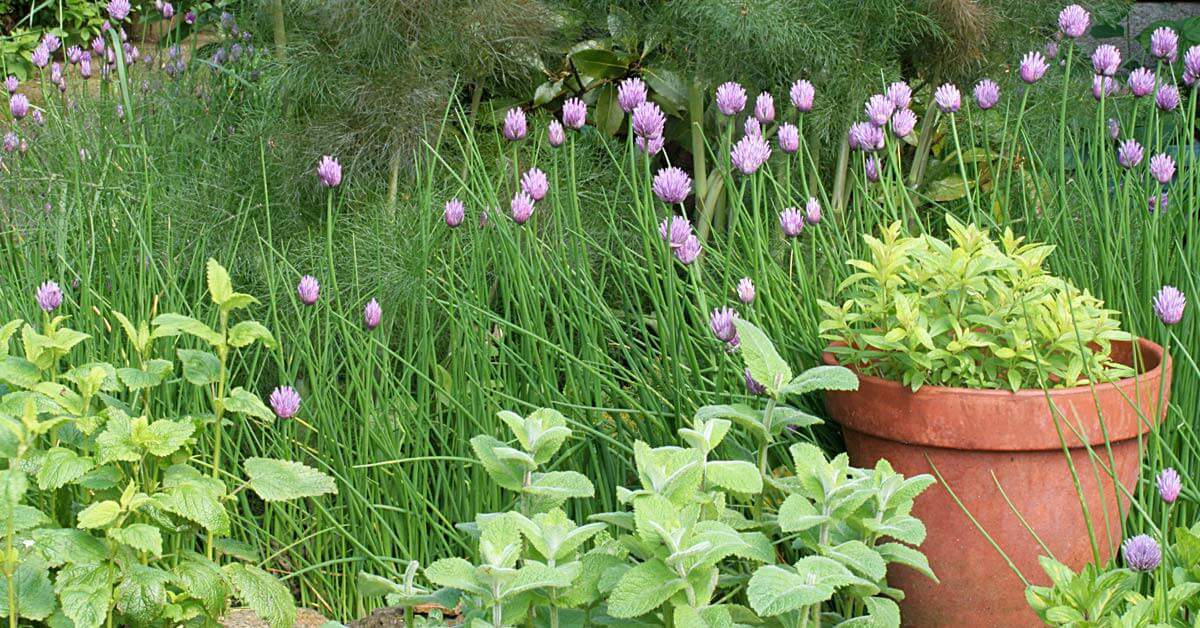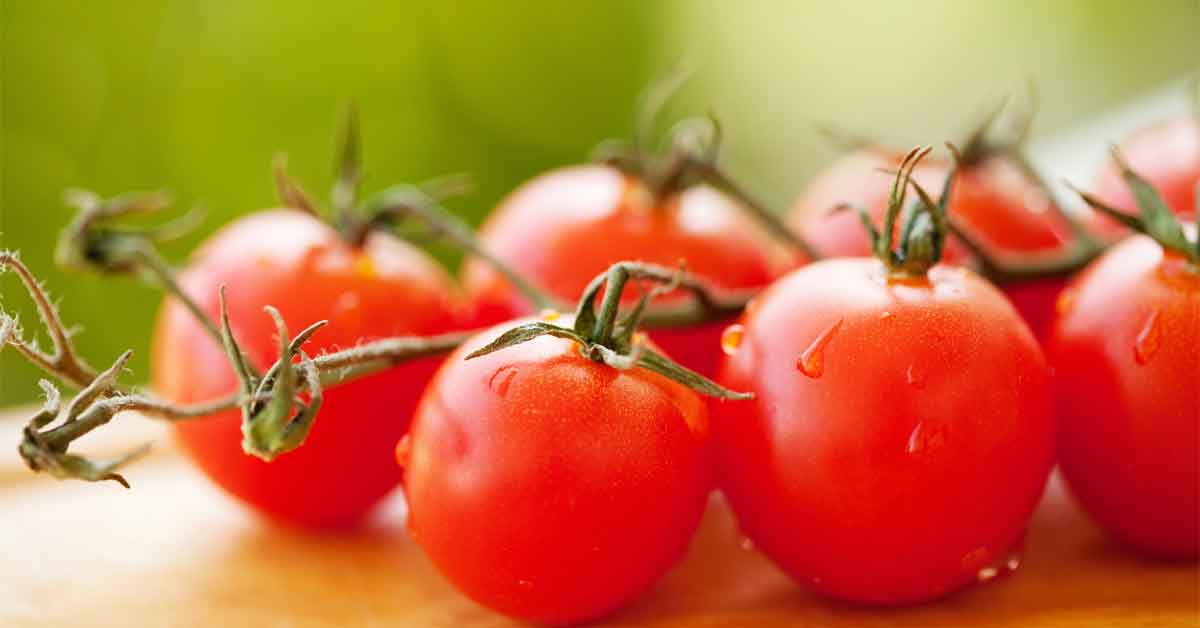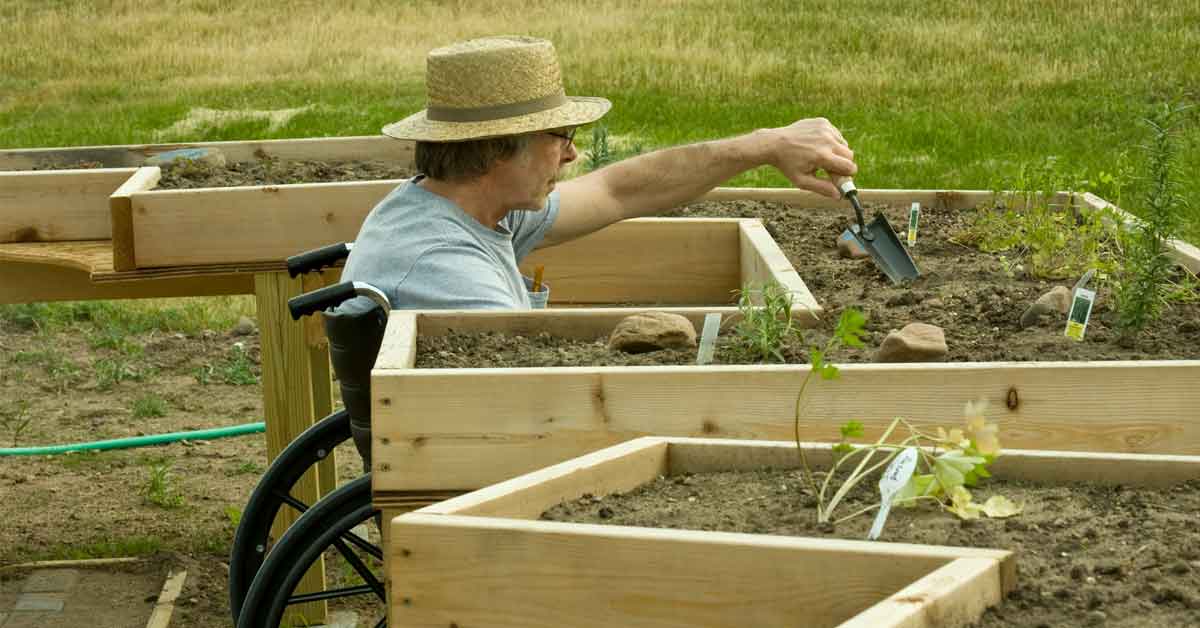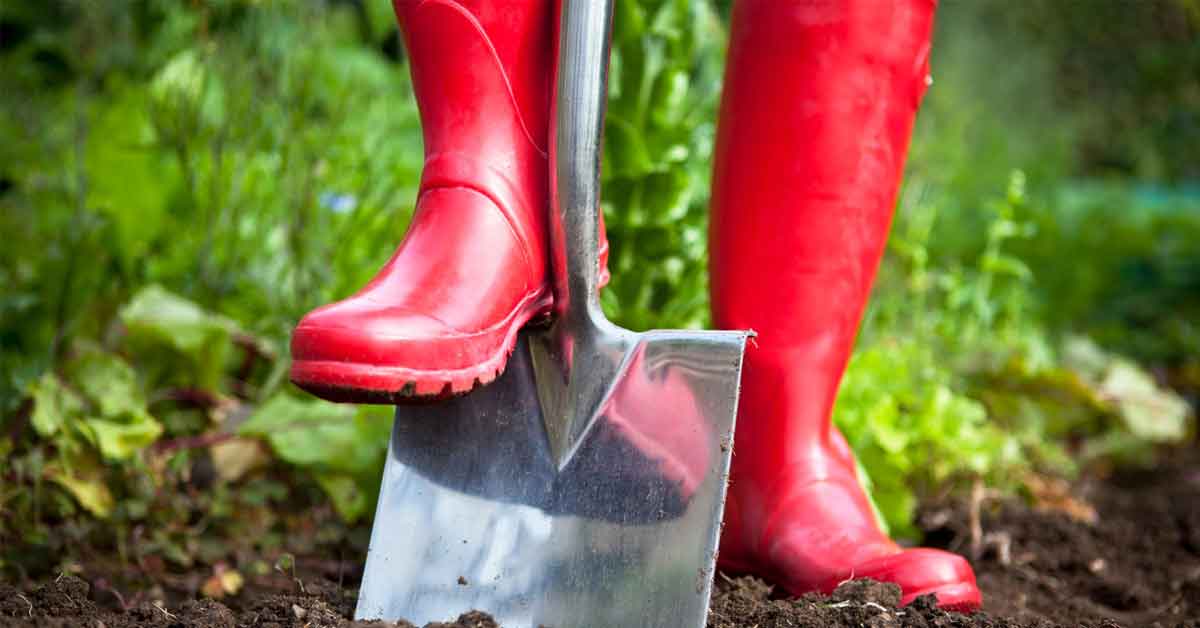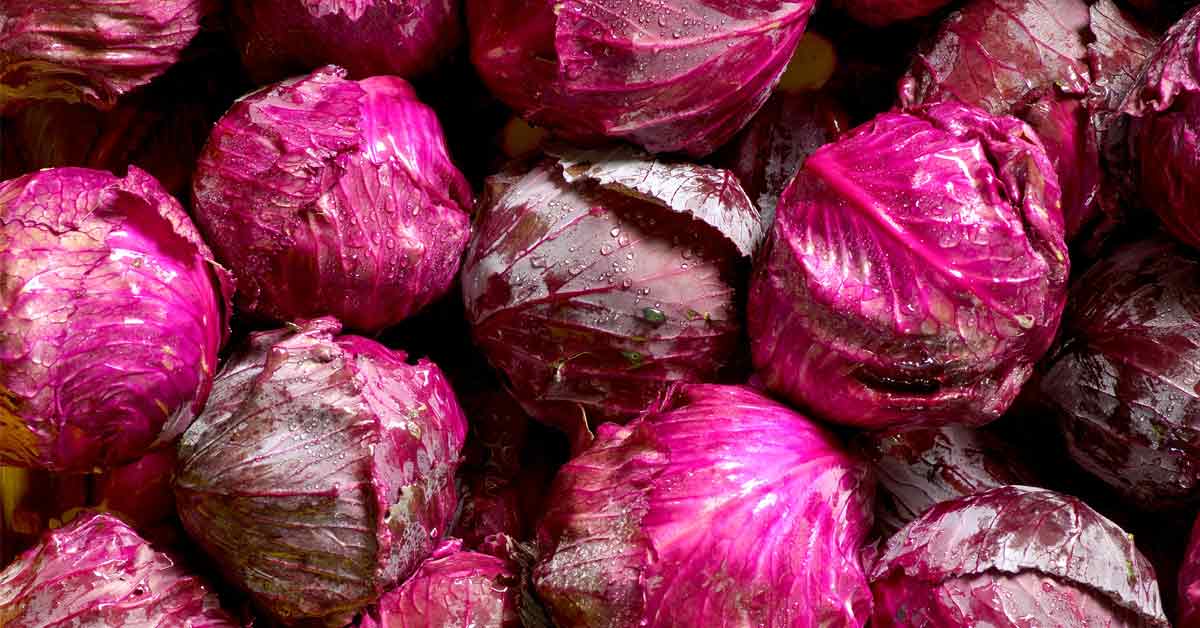Which Perennial Garden Edibles Should I Plant?
Many edibles commonly grown in vegetable gardens need to be replanted every year. Crops such as zucchinis and cucumbers are known as annuals because their natural lifecycle only lasts a season. Other plants, such as garlic and kale, are biennials. Their natural lifespan takes two years. But other edibles, known as perennials, naturally live three years or longer. You can count on perennial edibles, such as the following, to keep on giving for many years.
Asparagus
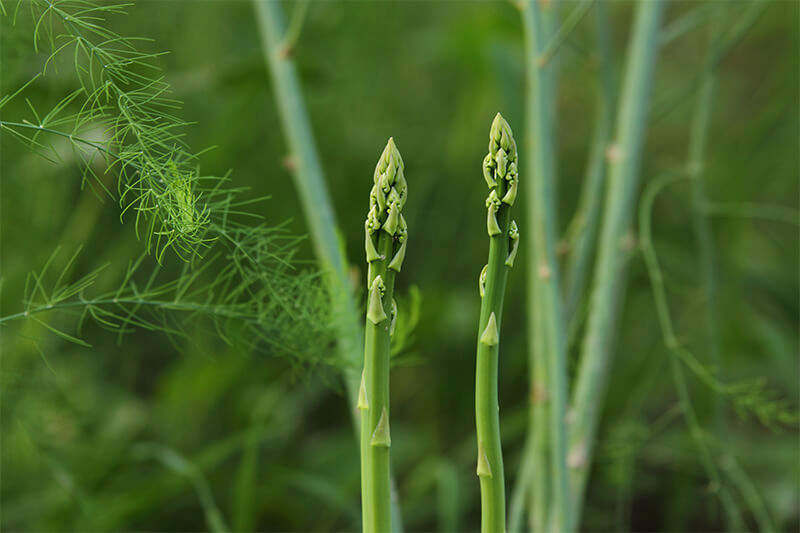
Robust and resilient, asparagus lives for decades, even where temperatures drop to 50 degrees below zero Fahrenheit.1,2 Every year, this perennial awakens to send up succulent young shoots for spring feasts. Then it keeps on growing up to 9 feet tall with airy, feathery fronds that turn brilliant yellow in fall. Delay your harvests until your planting is three years old, so asparagus roots mature. Once established, they'll deliver two months of tender spring shoots every year.
Blueberries
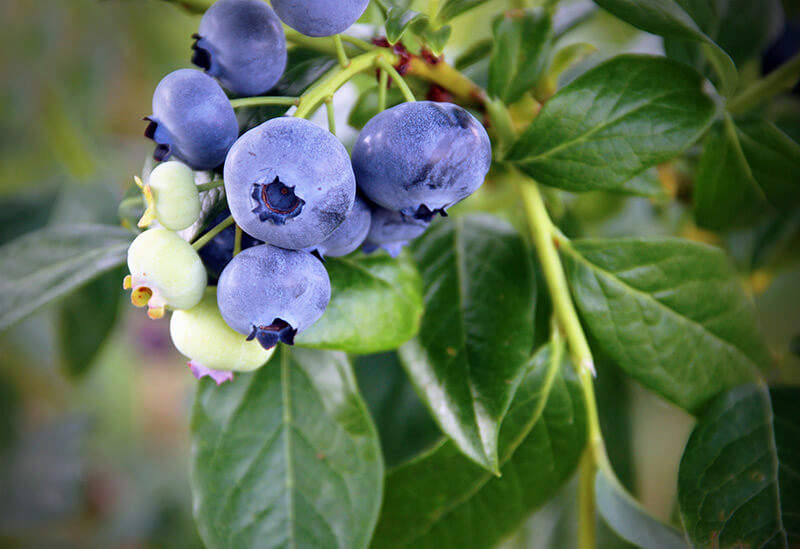
Growing your own blueberries can be a dream come true, provided your chosen variety suits where you live. Some do well in northern gardens; others flourish in southern zones. Hearty crops depend on the right climate match and your soil. Blueberries require very acidic soil to get essential nutrients.3 A soil test can help you discover if your soil needs adjustments. Some modern blueberries — perfect container edibles — stay 2 feet tall or less, but other types grow 6 feet or higher. Blueberries take three years to reach full productivity. In the meantime, their fall leaves add brilliant red color to gardens and edible landscapes.
Caneberries
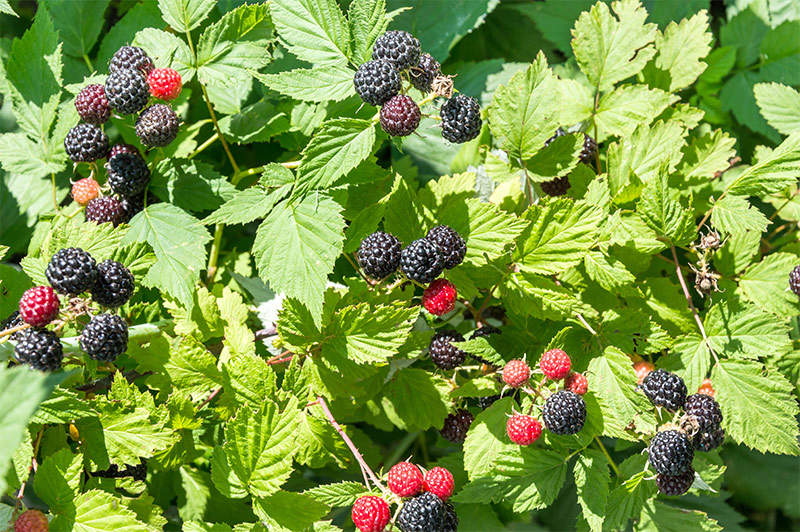
Raspberries and blackberries have perennial crowns (the part of the plant at ground level where roots and canes meet). Each year, new canes grow and old canes die, so pruning is essential. As with blueberries, match varieties to your growing region. Your local nursery can help. Caneberries produce their best crops in slightly acidic soil.4 Modern, container-worthy varieties grow 3 to 4 feet tall, but others reach 7 feet and spread to create caneberry patches.
Fennel

Though fennel's lifespan is shorter than some other perennials, it self-seeds easily to flourish through most of the U.S.5 Growing up to 6 feet tall each season, the plant's roots, leaves, flowers and seeds all have culinary uses. The ferny, feathery, and sometimes bronze foliage forms a lacy garden backdrop. It's also favored by some pollinators, including swallowtail butterflies and their caterpillars. This adaptable edible tolerates acidic to alkaline soil. Its intense licorice-like scent and flavor are perfect matches for herbal tea.
Woody Herbs
Flowering perennial herbs are mainstays of edible gardens. Woody-stemmed types, such as culinary lavender, rosemary and sage, offer outstanding ornamental qualities while keeping edible flowers and aromatic foliage close at hand. They survive for years in all but the coldest northern states and the hottest southern realms. Poor soils, dry conditions and summer heat intensify their aromatic oils. These woody herbs generally tolerate a wide range of soils, from slightly acidic to slightly alkaline. Potted in containers, many perennial herbs do well indoors.
Horseradish

Horseradish grows well everywhere except where winters stay well above freezing. Large, coarse leaves up to 3 feet tall give it a commanding presence, but it's the root you're after with this plant. Give horseradish slightly acidic soil and a lightly shaded spot,6 and abundant harvests follow in the first year. Take only the largest, thickest roots and leave the rest. There's no hint of this root's hot, pungent flavor until it's ground or crushed. Then the heat comes pouring out.
Jerusalem Artichoke
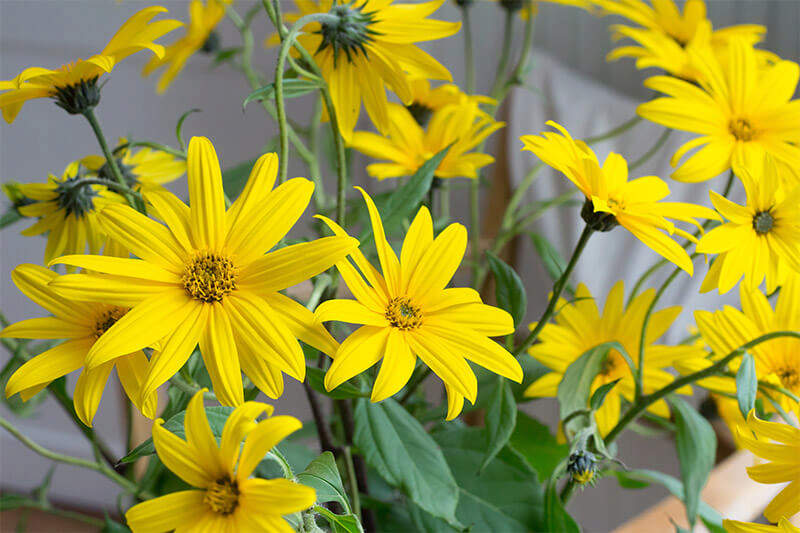
Also known as sunchokes, Jerusalem artichokes grow throughout the U.S., but warm temperatures in southern regions lead to lower yields.7 This perennial provides gardeners with sunny, yellow flowers and root-like edible tubers similar to potatoes. This native plant adapts easily to various soil types and soil pH. Harvest the roots after fall frosts, but leave plenty in place for the following year. Cook sunchokes as you would potatoes, or chop them for a jicama or water chestnut flavor in salads.
Lovage
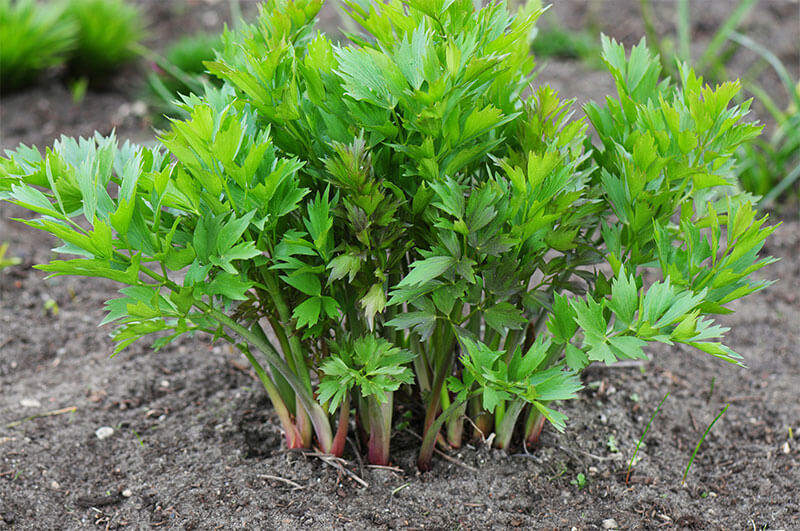
Extremely ornamental and dramatic, lovage returns each year to grow up to 6 feet tall and 3 feet wide, shading plants in its perimeter. Gardeners from north to south enjoy its merits. The thick stems carry dark green leaves flavored like licorice-infused celery. Roots, leaves and seeds all add flair to soups, sauces and stews.
Lovage grows well in most garden soils, and because it has a symbiotic relationship to root vegetables, plant it next to those vegetables to improve growth.8 Treat casual garden bouquets to its delicate yellow flower clusters.
Rhubarb
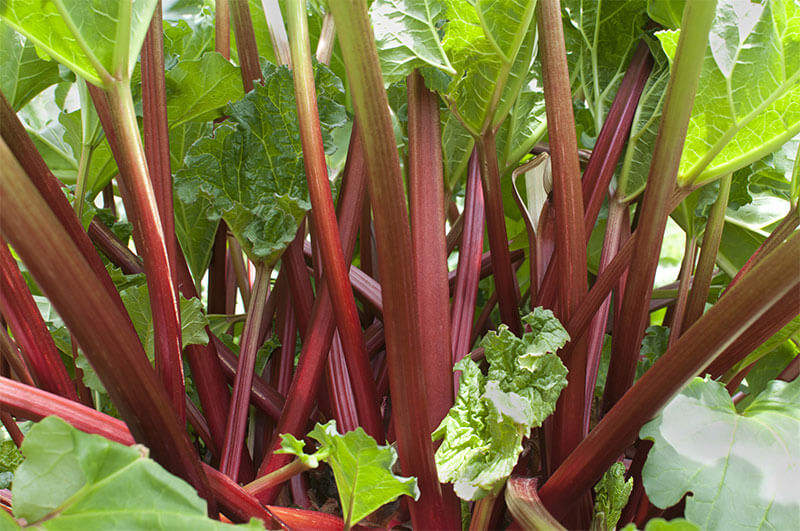
Rhubarb thrives from far northern zones through all but the southernmost regions. It does best where it receives some winter cold. The tart, tasty stalks vary in color from brilliant red to green, with less colorful types generally more heat-tolerant. Give new plantings two years to establish before you harvest. Eat only the stalks; rhubarb leaves can be toxic. Rhubarb grows up to 4 feet tall and wide, and does best with slightly acidic soil.9 Pair it with sweet berries in pies and other treats.
Strawberries
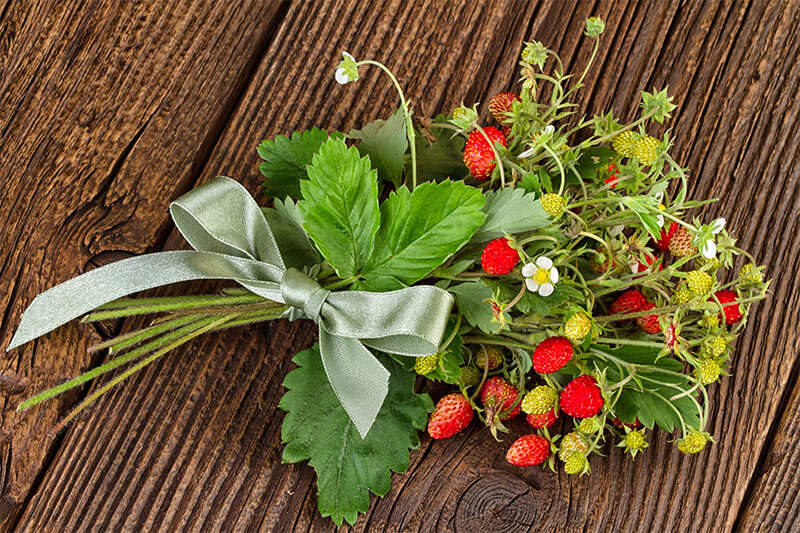
Growing strawberries isn't difficult, but varieties must suit your climate. Tiny, intensely flavored woodland strawberries, called fraises de bois by the French, deliver fruits all season long. Big, plump, cultivated types have shorter harvest times, but compensate with their size. "June-bearing" types have one early crop, "everbearing" types fruit in spring and fall, and "day-neutral" strawberries fruit all season long. Some grow runners — small stems that run along the ground and root as they go — but others don't. Strawberries grow best in slightly acidic soil.10 Whether you mingle edibles with landscape plants or stick with vegetable plots, perennials pay long-lasting dividends. Give them proper amounts of water and nutrition to ensure their long lives, and turn to trusted Sevin® brand insecticides should insect pests appear.
To keep your edibles healthy and yield more blooms, mix Pennington Rejuvenate Plant Food All Purpose 4-4-4 into the soil before planting. Then follow up with Pennington Rejuvenate Plant Food Tomato & Vegetable 4-5-4 to encourage more fruits and veggies. The nutrient-rich formula starts feeding immediately and continues to feed for up to 4 months. Always match your plant and pest to the pesticide label and pick the product that's best for you. Garden insecticides may differ on the amount of time needed between treatment and harvest, so follow label guidelines for the plant involved. With proper care, perennial edibles will stay on track and healthy for many years. GardenTech® brands and the GardenTech blog are here to help you learn and experience the fun and rewards of gardening, including perennial edibles that keep producing year after year. Always read product labels thoroughly and follow instructions carefully, including guidelines for pre-harvest intervals and treatable plants. Sevin is a registered trademark of Tessenderlo Kerley, Inc. GardenTech is a registered trademark of Gulfstream Home and Garden, Inc.
Sources:
1. U.S. Department of Agriculture, "USDA Plant Hardiness Zone Map."
2. Cornell University Growing Guide, "Asparagus," Cornell University.
3. L. Reich, "Blueberry Prescription," The National Gardening Association.
4. D. T. Handley, "Growing Raspberries and Blackberries," The University of Maine Cooperative Extension, 2006.
5. Cornell University Growing Guide, "Fennel," Cornell University.
6. P. Gaertn, et al., "Horseradish," Purdue University, December 1997.
7. J. Schultheis, "Growing Jerusalem Artichokes," North Carolina Cooperative Extension, January 1999.
8. Penn State Extension."Lovage," PennState College of Agricultural Sciences.
9. Cornell University Growing Guide, "Rhubarb," Cornell University.
10. D. T. Handley, "Growing Strawberries," The University of Maine Cooperative Extension, 2011.
Get Monthly Gardening Advice!

